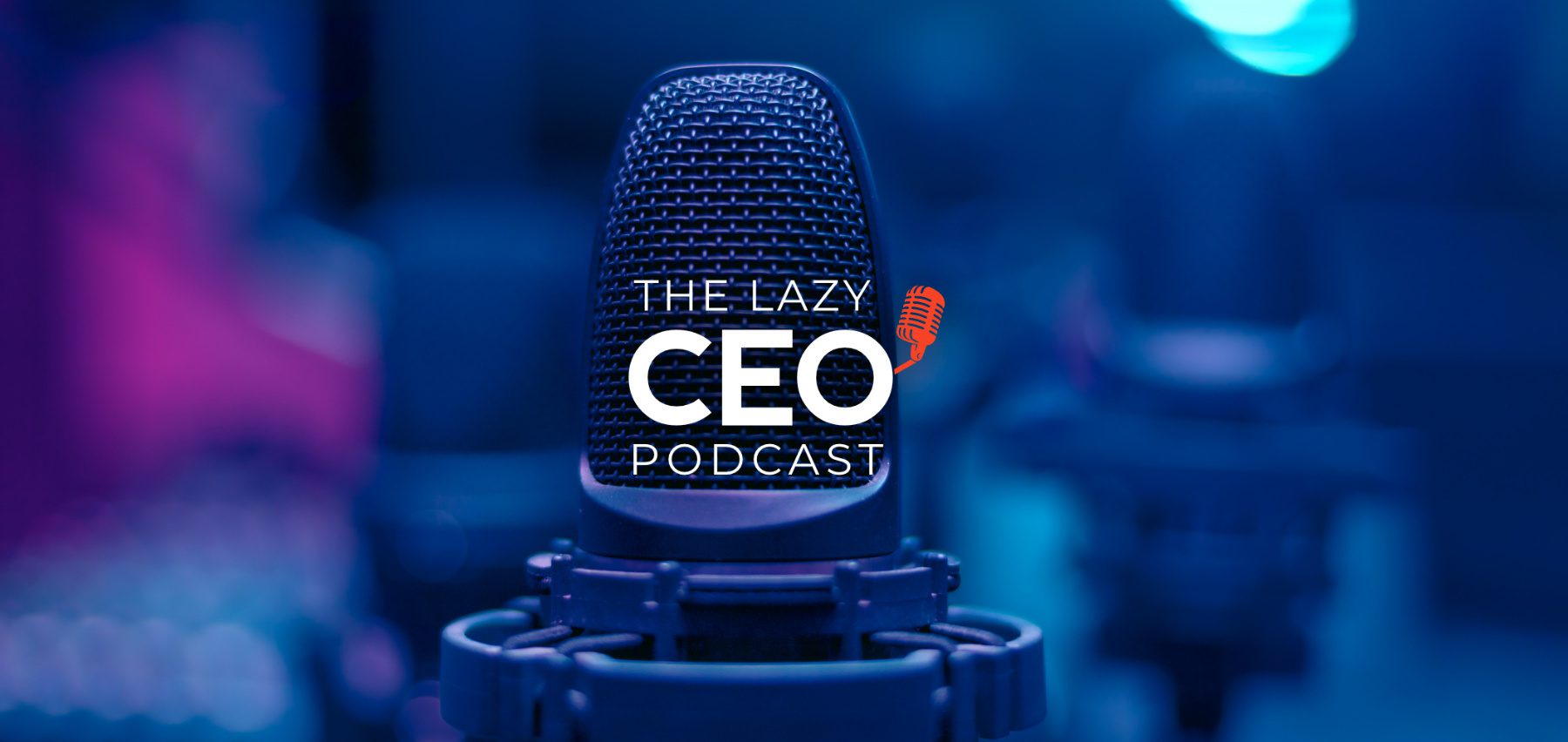In this episode of The History of Napa Wines
- Jim interviews Mark Gudgel about the history of Napa Valley
A Glimpse of The History of Napa Wines
A discussion about the history of wine in Napa, between Jim Schleckser, CEO of The CEO Project and host of The Lazy CEO Podcast, and Mark Gudgel, author and wine expert.
Jim:
For those of you that know me, and maybe some of you do, some of you don’t, but I have an alter ego, and my alter ego is my involvement in wine. Several years ago, I decided to get kind of into wine beyond the drinking part, but the studying part, and, if anybody has ever done this, it’s got phenomenal history and agriculture and geology and, and chemistry and all of this comes together in wine across thousands of years including, wars, death, taxation and just crazy what intersects with wine. So when offered the opportunity to talk to somebody who is working on a book in the wine space, and particularly for a very, very critical moment in history, I jumped at the opportunity to talk to him. So I have today with me, Mark Gudgel.
So let’s start with what got you interested in wine in the first place.
Mark:
Back when we were dating, my wife and I would drink wine. We had gone to a train concert while we were dating right after we got engaged, and Train came out with a wine they sold at Target called Drops of Jupiter, and it cost $12. And occasionally, I would splurge on that, but it cost twice as much as the wine I was used to drinking. So it was a splurge.
Jim:
That’s funny. Well, even now, 90% of all wine that’s drunk is below $20 a bottle. So, I get asked, is it good wine? For ten bucks a bottle. It’s not a bad bottle of wine. It’s all relative.
Mark:
A lot of times, people will ask me what’s good wine. And I tell them every time – whatever you like, as long as you can afford it. I like Petrus, but I can’t afford it. Not good wine for me. But if you like Sutter Home White Zinfandel, enjoy the heck out of it, and know that I’m jealous of you because I don’t enjoy that bottle, and it costs about four bucks. So I wish I did.
Jim:
Sutter Home White Zen is known as the gateway drug to all wine drinkers. I think we all started on Sutter Home White Zindel, and hopefully, our tastes evolved over time.
Mark:
That’s so true. I reviewed Sutter Home for the American Winery Guide years ago. My editor called me; you’re giving Sutter Home four stars out of five. I said this is one of the most important wineries in the world. How do people get from Bush Light to Cabernet Sauvignon? You know, not without rungs in the ladder.
Jim:
Let’s go to geography for a minute. Let’s go back to the beginning of Napa; what group of people really got Napa started?
Mark:
You’ve got this beautiful riparian space that carves its way in between these two small but beautiful mountain ranges, and everything grows there. And wildlife and game, and fish were abundant; it was an idyllic space. And the Spanish are attempting to make their way up the coast. The Mexicans become independent, but Mexico is this immense sprawling empire, and there just aren’t that many Mexicans. And so they can’t keep a grip on it. So, they attempt to build outposts and send expeditions up the coast and to hold onto their land.
This is when California, as we call it today, was part of Mexico. So, they wind up engaging in a strategy, and there are whole books about this where they issue massive, what they call Ranchos to people. Huge swaths of land are usually measured in leagues anywhere. Usually, they’re somewhere between six and 12,000 acres. The largest was about 80,000 acres. That one was issued to General Vijo late in the process. But they’re issuing big chunks of land to people, partly to encourage them to live there and partly to get some development going, and it works. For the longest time, it was a no man’s land, he named that town Sevastopol when he built it. So, you’ve got these pioneers, if you like to call them that. And then you’ve got folks really establishing the wine trade and building.
For more on the history of Napa Valley and wine, listen to The Lazy CEO Podcast.
Resources mentioned in this episode:
- Mark Gudgel on Linkedin
- Jim Schleckser on LinkedIn
- The CEO Project
- Great Ceos Are Lazy: How Exceptional Ceos Do More in Less Time by Jim Schleckser
Thank You to Our Guest

My interest in wine grew increasingly profound when Sonja and I took a brief honeymoon in Napa and Sonoma in 2013, visiting several producers who, unbeknownst to us at the time, were destined to become some of our lifelong favorites. Shortly thereafter, we began writing a wine blog, with me doing the writing and Sonja taking the pictures. More than one viticultural publication took notice of our work, and soon I found myself working part-time as a wine writer. Today, in addition to the blog, I write for numerous publications about wine, and I’m currently working on a book about the Judgement of Paris in which the Napa Valley’s wines bested top-tier French wines in a blind tasting in 1976.
In 2017, at the behest of a dear friend of mine, Dave Deao, I joined the vinNEBRASKA Foundation and began working with this non-profit, established in 1989, to host our annual wine-tasting event. When Dave passed away unexpectedly, we began offering a scholarship in his honor. Today, I’m honored to be the President of the Board of Directors, and I hope that if you haven’t already, you’ll attend our next event.
In 2021, I founded Gudgel Ranch, a wine label named in homage of my family’s longstanding legacy in my home state of Nebraska. The first vintage of my flagship Cabernet Sauvignon, Bar 25, was named for my grandfather’s brand and sold out almost immediately. To learn more about Gudgel Ranch wines, please visit the Gudgel Ranch web page.
My writing about wine can be found in Edible Marin & Wine Country, American Winery Guide, Dine Magazine, Food & Spirits Magazine, on Vivino, and elsewhere. Please watch for my book on the Judgement of Paris, focusing on the wineries involved in the famous wine tasting, to be released from The History Press in the spring of 2023, sign up to follow Sonja and my blog ITheeWine, and follow me on Vivino.
Sponsor for this episode…
This episode is brought to you by The CEO Project. The CEO Project is a business advisory group that brings high-caliber, accomplished CEOs together. Our team of skilled advisors is comprised of current and former CEOs who have run both public and private sector companies across multiple industries. With our experience and expertise, we guide hundreds of high-performing CEOs through a disciplined approach that resolves constraints and improves critical decisions. The CEO Project has helped high-performing, large enterprise CEOs with annual revenues ranging from $20M to over $2 billion to drive growth and achieve optimal outcomes. If you are an experienced CEO looking to grow your company, visit www.theCEOProject.com.









